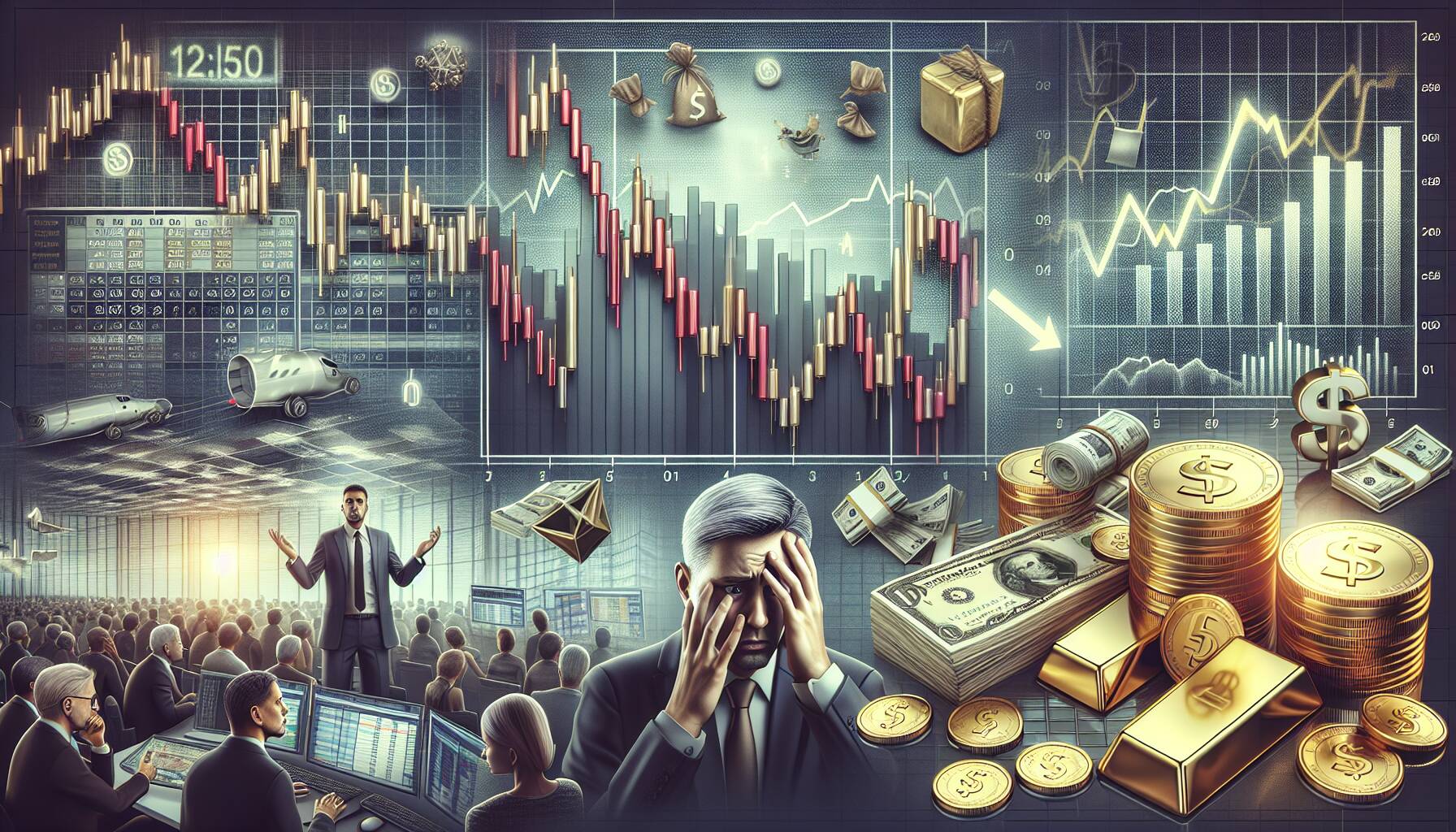The cryptocurrency market is currently witnessing a significant shift, as evidenced by a dramatic drop in futures open interest, which has plummeted by 50% to $4.22 billion. This unexpected decline highlights a critical moment for investors, with market makers actively reducing their risk exposure amidst a backdrop of macroeconomic challenges and evolving regulatory environments.
This forced deleveraging signifies a cautious approach from traders who are navigating through an increasingly unpredictable landscape. As uncertainty continues to loom over the cryptocurrency industry, participants are reassessing their positions, leading to a substantial contraction in futures trading activity.
Analysts are paying close attention to these developments, as they reflect broader trends in market sentiment. The combination of macroeconomic factors and regulatory scrutiny has created a perfect storm, pushing investors to rethink their strategies and prioritize risk management.
“The sharp drop in futures open interest serves as a crucial indicator of the market’s current state, emphasizing the need for caution as participants weigh their options amid ongoing uncertainties.”
With the market in flux, stakeholders are left to ponder what this could mean for future trading dynamics in the cryptocurrency space. The balance between risk and reward is more delicate than ever as the industry navigates these tumultuous waters.

Futures Open Interest Collapse and Its Implications
The recent decline in futures open interest presents significant implications for traders and investors alike.
- Open Interest Declined by 50%
- Open interest dropped to $4.22 billion, indicating a substantial reduction in positions.
- This may signal a lack of confidence in the market among traders.
- Forced Deleveraging
- Market makers are reducing their risk exposure, which may lead to increased volatility.
- Traders may need to reevaluate their strategies in light of changing market dynamics.
- Macro and Regulatory Uncertainty
- Ongoing economic uncertainties can influence market sentiment and investment decisions.
- Regulatory changes may further impact market operations and trading practices.
- Impact on Traders and Investors
- Traders may experience increased risks and may need to adjust their leverage and position sizes.
- Investors watching the futures market should remain vigilant and adaptable to changes.
The Impact of Collapsing Futures Open Interest on Market Sentiment
The recent plunge in futures open interest, down 50% to $4.22 billion, highlights a significant shift in the trading landscape. This drastic decrease signals forced deleveraging, primarily driven by market makers’ strategies to mitigate risk exposure in light of prevailing macroeconomic and regulatory uncertainties. Such a scenario creates a ripple effect across the investment community.
Comparatively, similar incidents in the past have shown that sharp declines in open interest can lead to heightened market volatility. For instance, when open interest contracts in other asset classes, traders often experience reduced liquidity, creating challenges for both institutional and retail investors. The ongoing regulatory scrutiny also adds a layer of complexity that weighs heavily on trader confidence, leading many to adopt a more conservative approach. This cautious sentiment could potentially benefit risk-averse institutions more than speculative players who thrive on market fluctuations.
However, the environment also poses problems for those looking to leverage their positions in the hopes of quick gains. As futures contracts become less attractive due to low open interest, speculative traders may find themselves at a disadvantage, unable to enlist the necessary liquidity to execute trades efficiently. Furthermore, new entrants to the market may hesitate to commit capital amid fears of increased volatility and regulatory challenges.
In summary, while cautious institutions may navigate through this storm with a focus on preservation, the entrenched risks for speculative traders could stifle innovation and growth in the futures market. The need for adaptability becomes crucial as participants grapple with the implications of reduced open interest and shifting market dynamics.

















